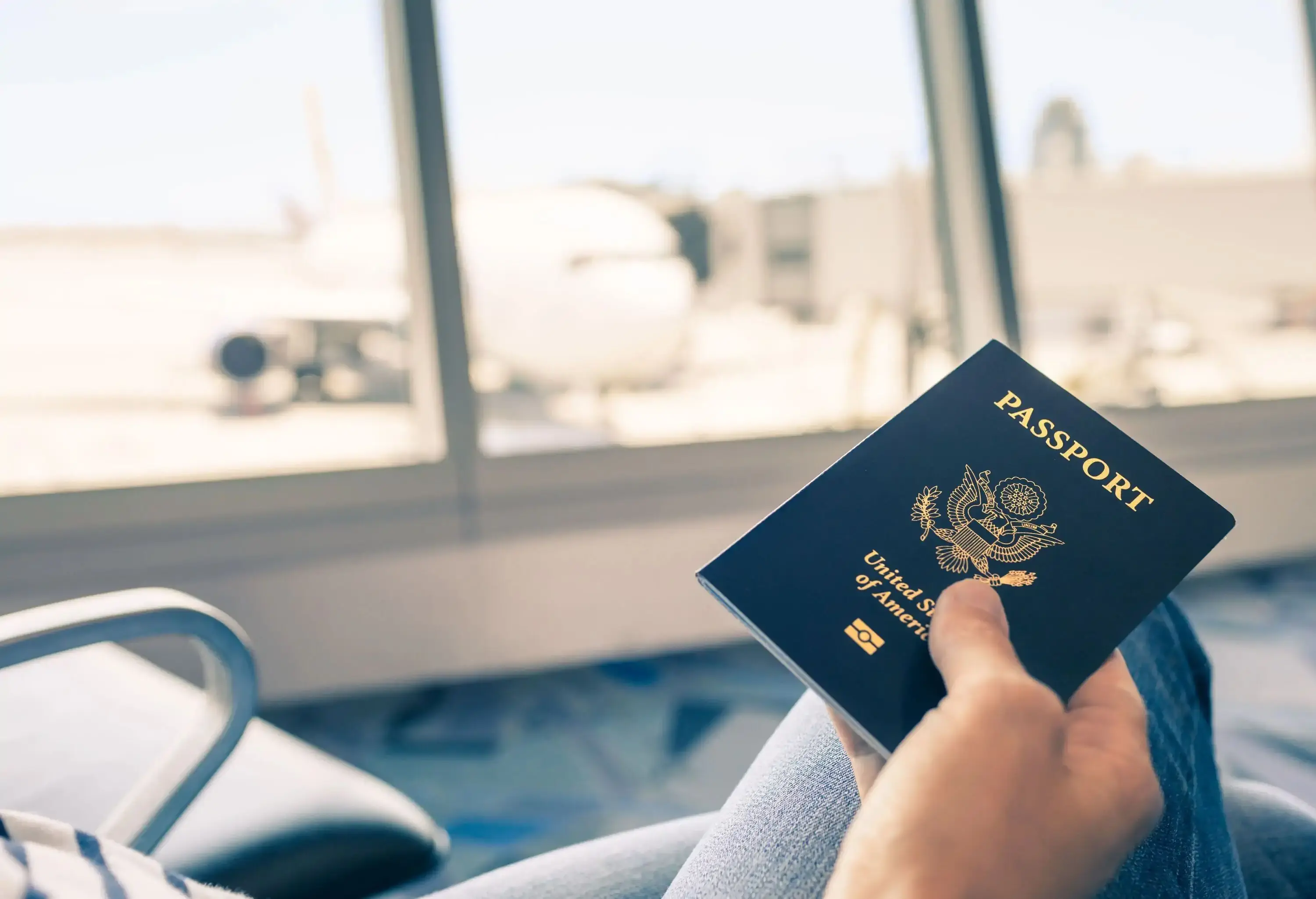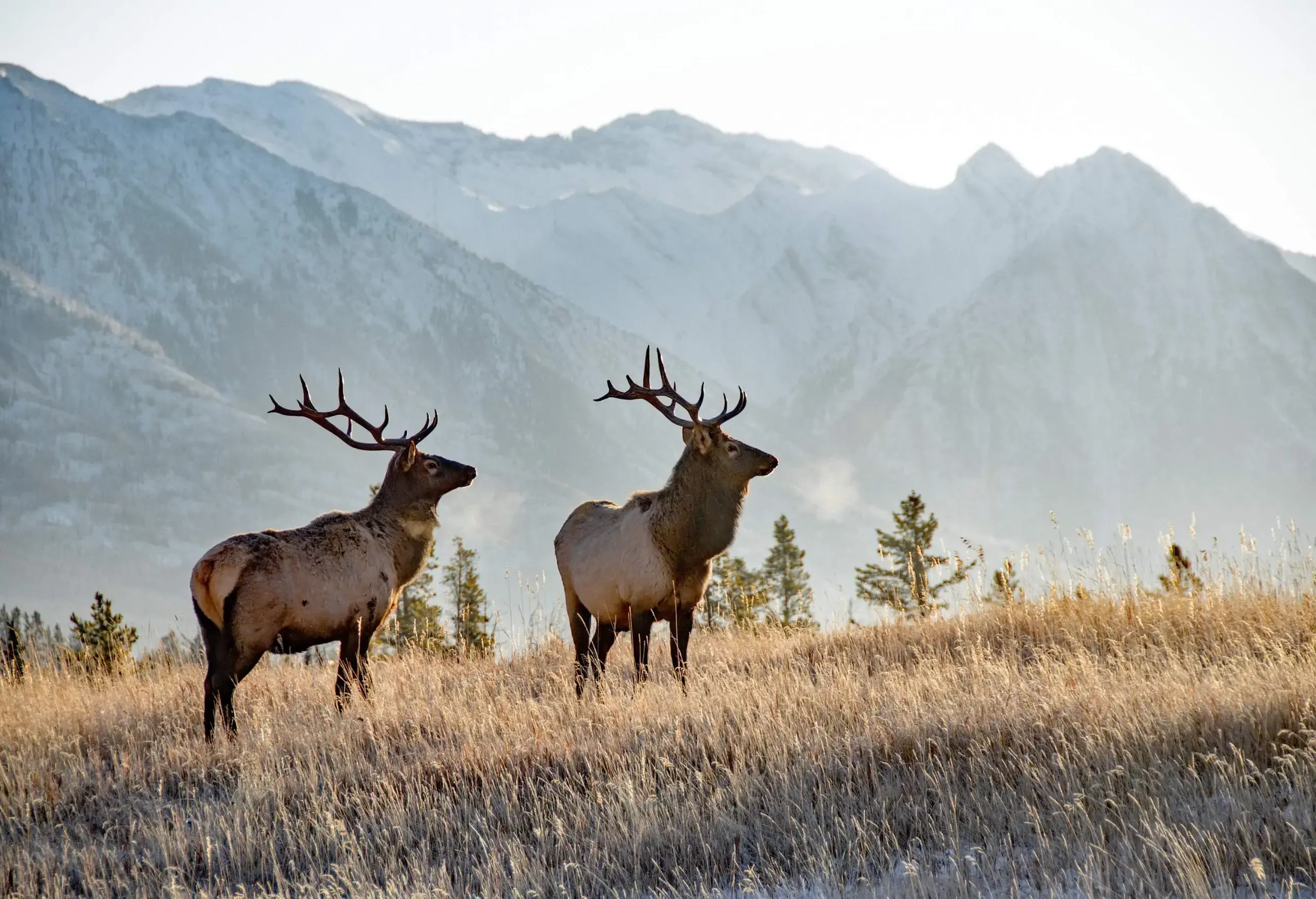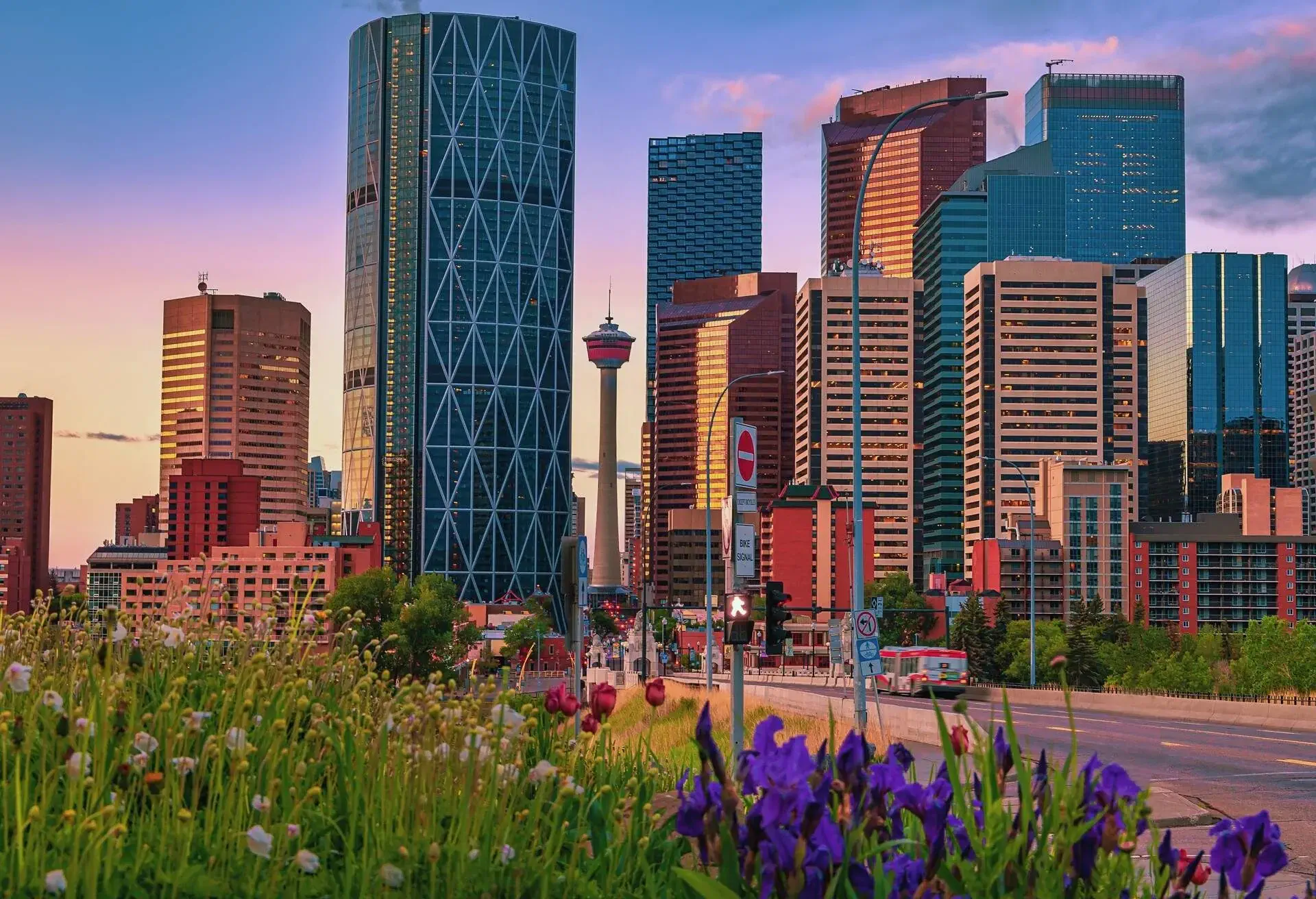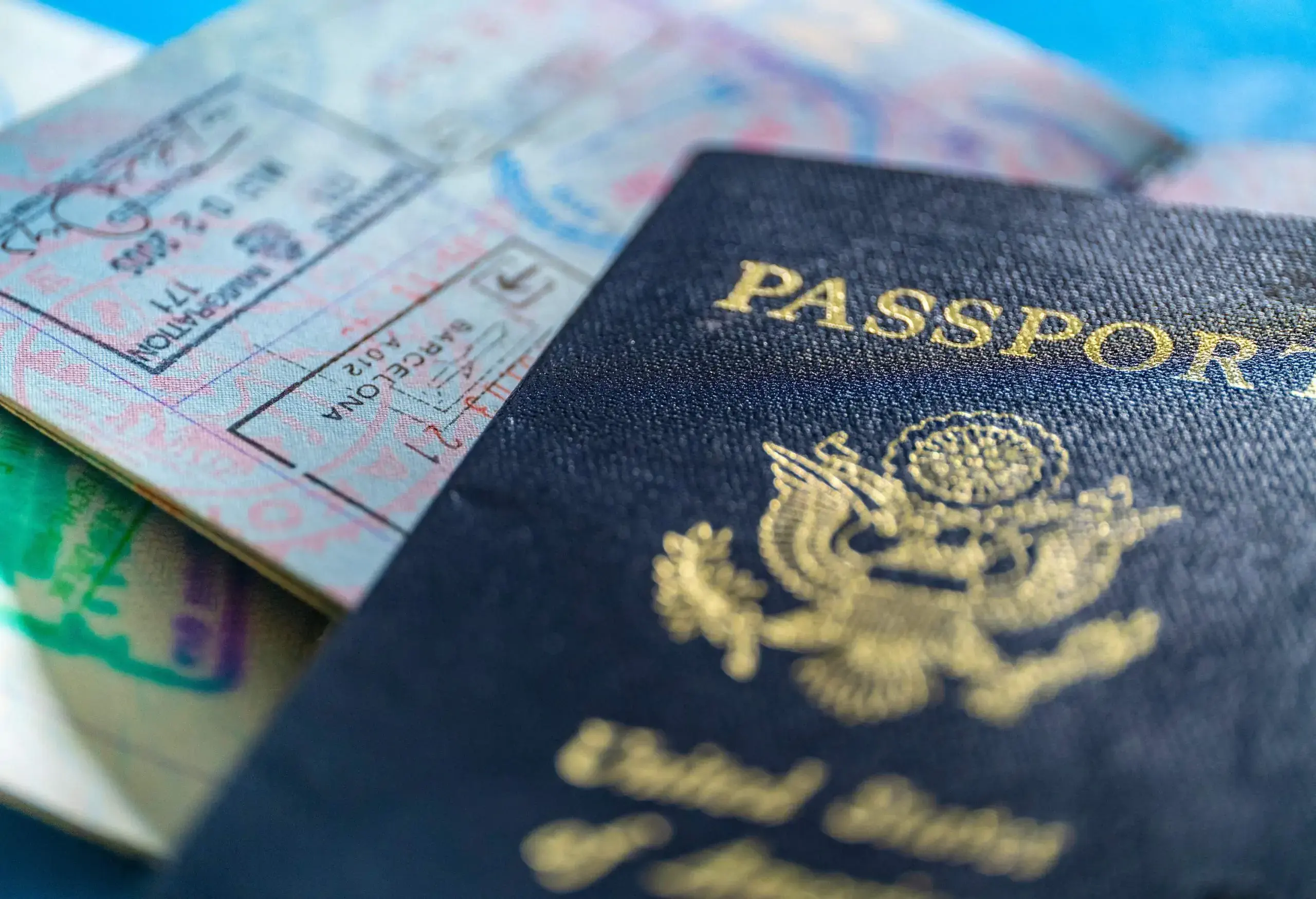Dreaming of exploring Canada’s stunning national parks, vibrant cities, and warm hospitality? Before you pack your bags for the Great White North, it’s essential to know—do you need a visa to go to Canada?
For American travelers, understanding entry requirements can save time and stress, ensuring a seamless journey. This guide simplifies the process so you can focus on planning your adventures. Here’s what you need to know.
Do you need a visa to go to Canada?
Good news, American travelers! If you’re heading to your northern neighbor for a quick adventure (and by that, we mean up to 180 days), there’s no need to worry about a visa—just pack your bags, proof of citizenship and identity, and go.
But suppose you’re planning to stick around longer or visit for reasons beyond sightseeing or a quick business meeting. In that case, you’ll need to apply for a visa.
While entry requirements to Canada are pretty clear, savvy travelers should still check the official Canadian government website before packing their bags.
Like a favorite recipe, the ingredients for a smooth border crossing can occasionally get tweaked. It’s always wise to take a quick look at official government sources to ensure you have all your documents in order, especially if it’s been a while since your last northern adventure.
What are the Canadian entry requirements for U.S. citizens?

Fortunately for U.S. citizens, the entry requirements for Canada are straightforward and relatively hassle-free. Tourist visas aren’t necessary for stays under 180 days.
U.S. citizens need only carry proof of citizenship and identity to enter Canada for visits under 180 days. U.S. citizens can satisfy these requirements with a valid U.S. passport, passport card, or NEXUS card.
What are the entry requirements for minors?
Those under 16 years old need only to provide proof of U.S. citizenship. However, there are specific requirements for minors traveling alone, with one parent, or with someone who does not have full legal custody. This section of the Canadian government website spells out all the prerequisites.
What if I have a criminal record?
You may not be allowed to enter Canada if you have a criminal record. Canadian border officials determine your entry into Canada according to Canadian law. To find out which crimes are admissible, visit this area of the Government of Canada website.
Do you need a visa to go to Canada if you have a green card?

The question most Americans ask is: do you need a visa to go to Canada if you have a green card? Short answer: You do not.
Lawful permanent residents of the U.S. need only to flash a valid passport from their country of nationality and a valid green card for all methods of travel to Canada.
Do I need a visa for business travel?
Heading to a business meeting, conference or trade show? You’re covered under tourist entry. Just present a valid identity document, such as a passport or NEXUS card, and you’re good to go.
However, if maple syrup making becomes your true calling and you’re planning to work in Canada, you’ll need to apply for a work permit first.
What to do in an emergency in Canada?
Though Canada is a safe country with a lower crime rate than the U.S., anything can happen at any time, anywhere. Call 911 if you are in an emergency situation.
Before leaving the U.S., enroll in the Smart Traveler Enrollment Program (STEP) for security updates. Doing so will also make it easier for the Department of State to contact and locate you in an emergency. Call toll-free in the United States and Canada at 1-888-407-4747.
5 Best places to visit in Canada
Canada has long been a favorite escape for Americans seeking adventure without venturing too far from home. Here, charming cities blend European flair with North American sensibilities. More importantly, you can order poutine at midnight without judgment.
Whether you’re drawn to the stunning national parks, cosmopolitan culture, or simply the chance to meet folks who pronounce “about” differently, Canada offers all the exoticism of international travel with none of the jet lag.
Banff National Park, Alberta
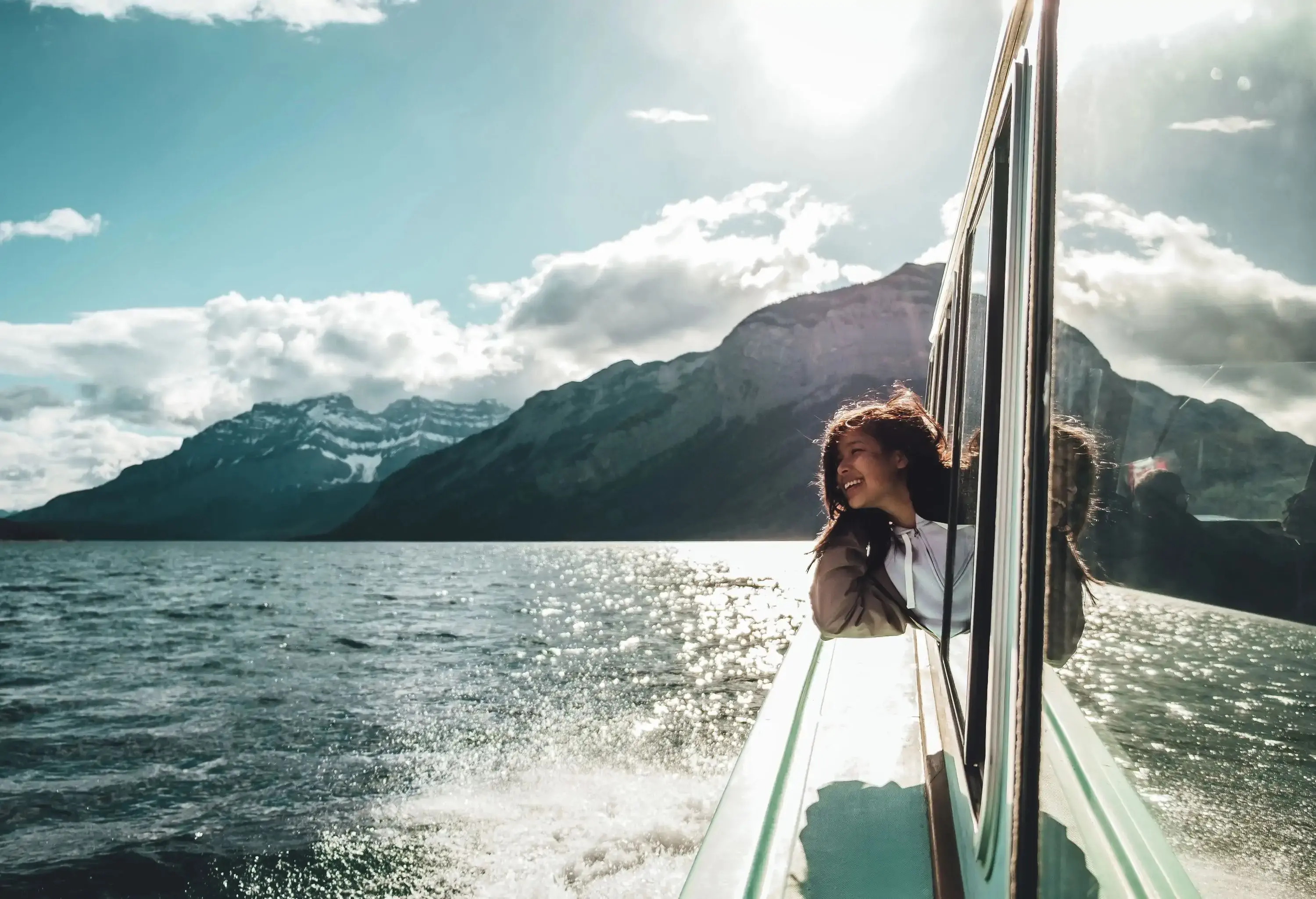
A wonderland of impossibly turquoise lakes mirroring the snow-capped Rockies, Banff National Park is one of Canada’s prettiest spots. Endless hiking and biking trails create a paradise for outdoor enthusiasts, while winter’s champagne powder lures avid skiers.
All year round, there’s wildlife viewing (bears, moose, elk, and bison all live here) and gondola rides that let you experience mountaintop views without the strenuous climb.
Where to stay: Fairmont Banff Springs or Mount Royal Hotel
Vancouver and Whistler, British Columbia
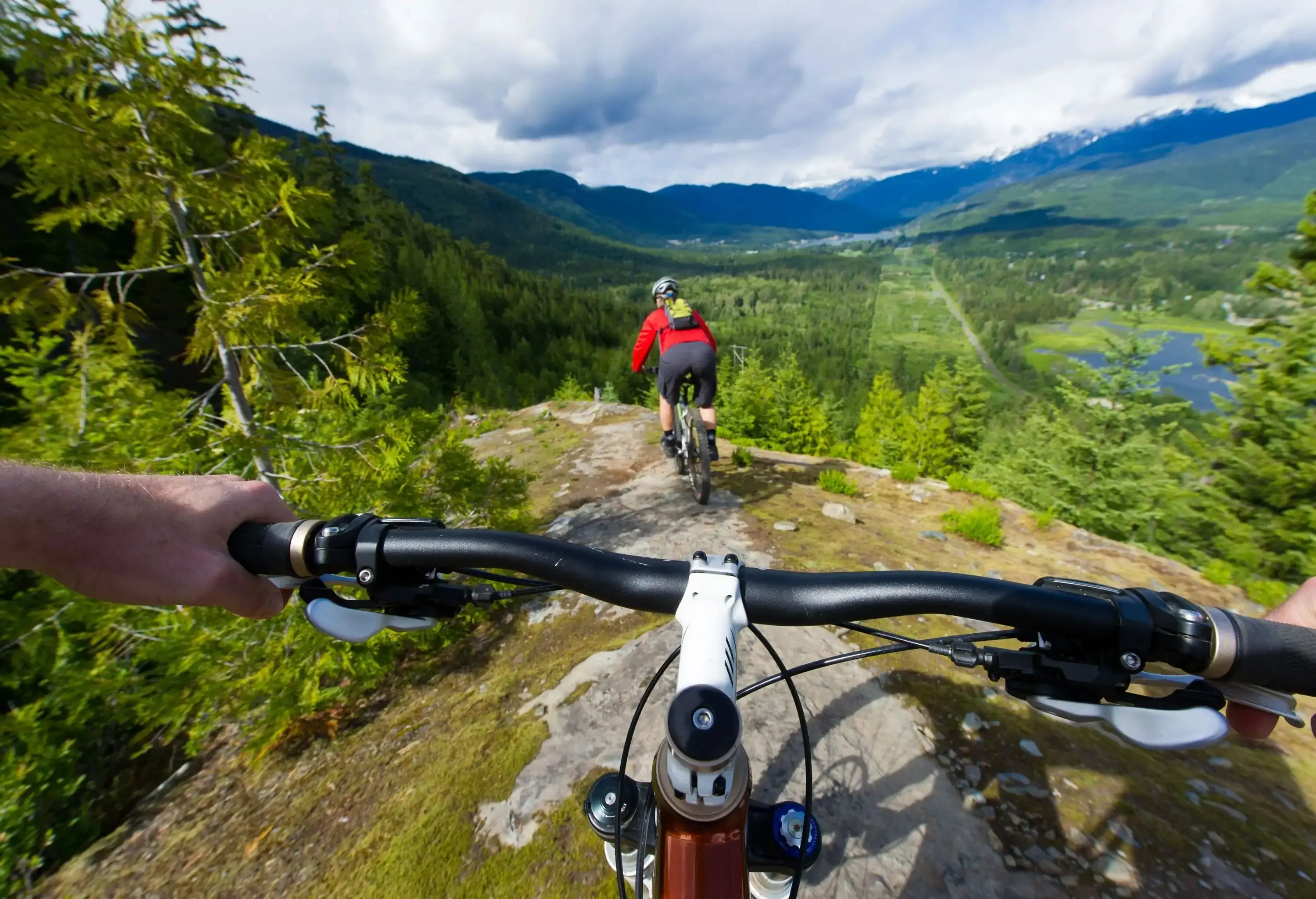
In one spectacular corner of British Columbia, there’s a playground where the sea meets the sky. Vancouver serves up rugged mountains and Pacific beaches in the same frame. Here, you can paddleboard in the morning, feast on world-class sushi by lunch, and hike through an old-growth forest in the afternoon.
Just a two-hour drive north, its glamorous mountain cousin Whistler turns the adventure dial-up even further, with Olympic-worthy slopes in winter and a maze of hiking and biking trails when the snow melts. Together, they create a Pacific Northwest playground that makes choosing between mountain and ocean adventures completely unnecessary.
Where to stay: The Westin Bayshore and Whistler Blackcomb Spring Suites
Québec City, Québec
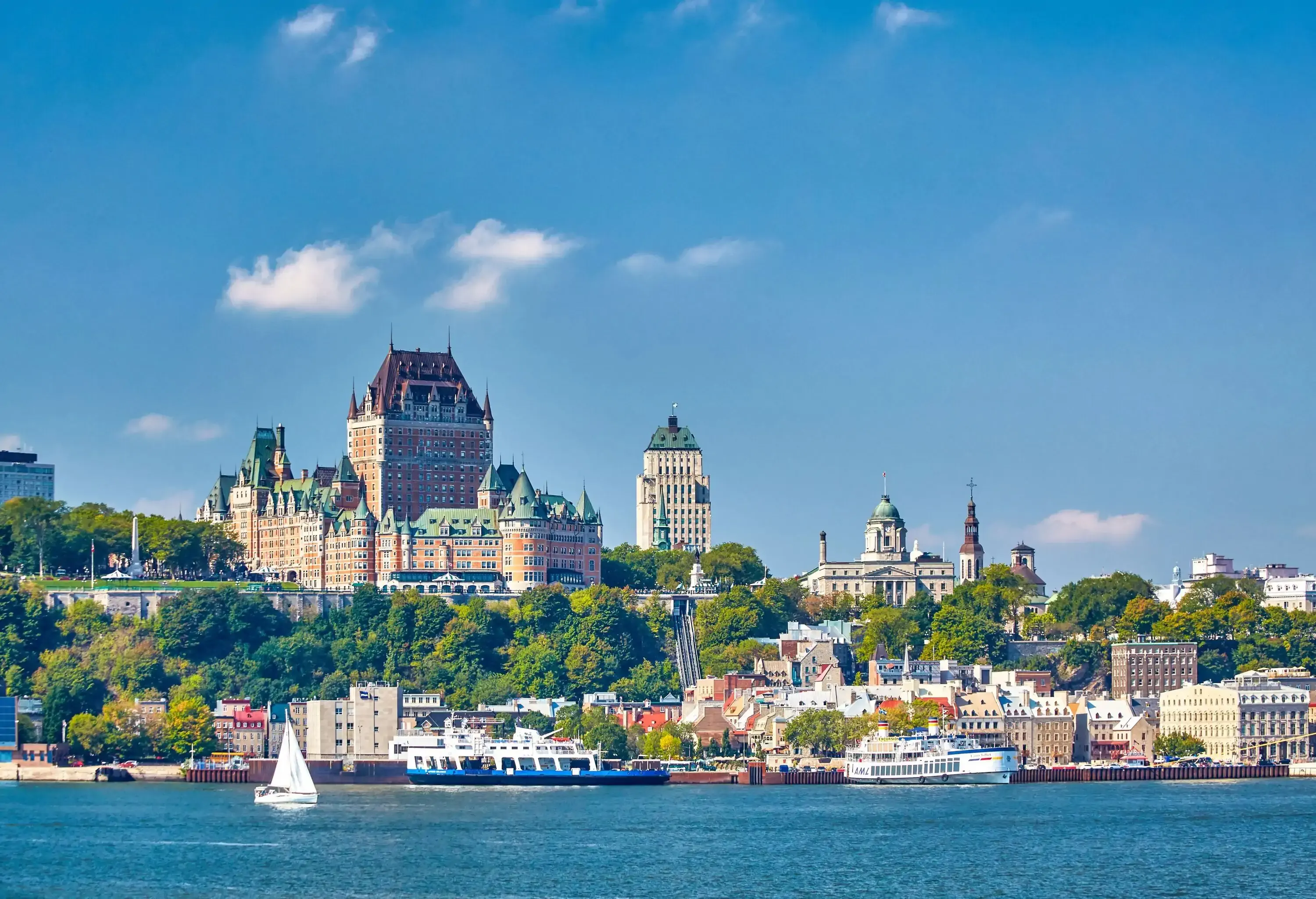
Step into Québec City, and you might wonder if you accidentally landed in France. The cobblestone streets, centuries-old architecture, and aroma of fresh croissants create a distinctly European air without a transatlantic flight.
Québec (as locals call it) is the only fortified city in North America. There are 2.8 miles of walls and gates surrounding the old town to explore, so bring your walking shoes. You’ll also want to wander past the fairy-tale turrets of Fairmont Château Frontenac (the world’s most photographed hotel) while exploring historic Old Québec and sampling freshly made maple taffy.
Cap off your day our favorite way—soaking in the steaming outdoor pools of Strøm Nordic Spa, watching the sunset paint the city in gold. If you forget to bring a swimsuit, sandals (required), or a reusable water bottle, you can purchase them onsite.
Where to stay: Auberge Saint Antoine
Halifax, Nova Scotia
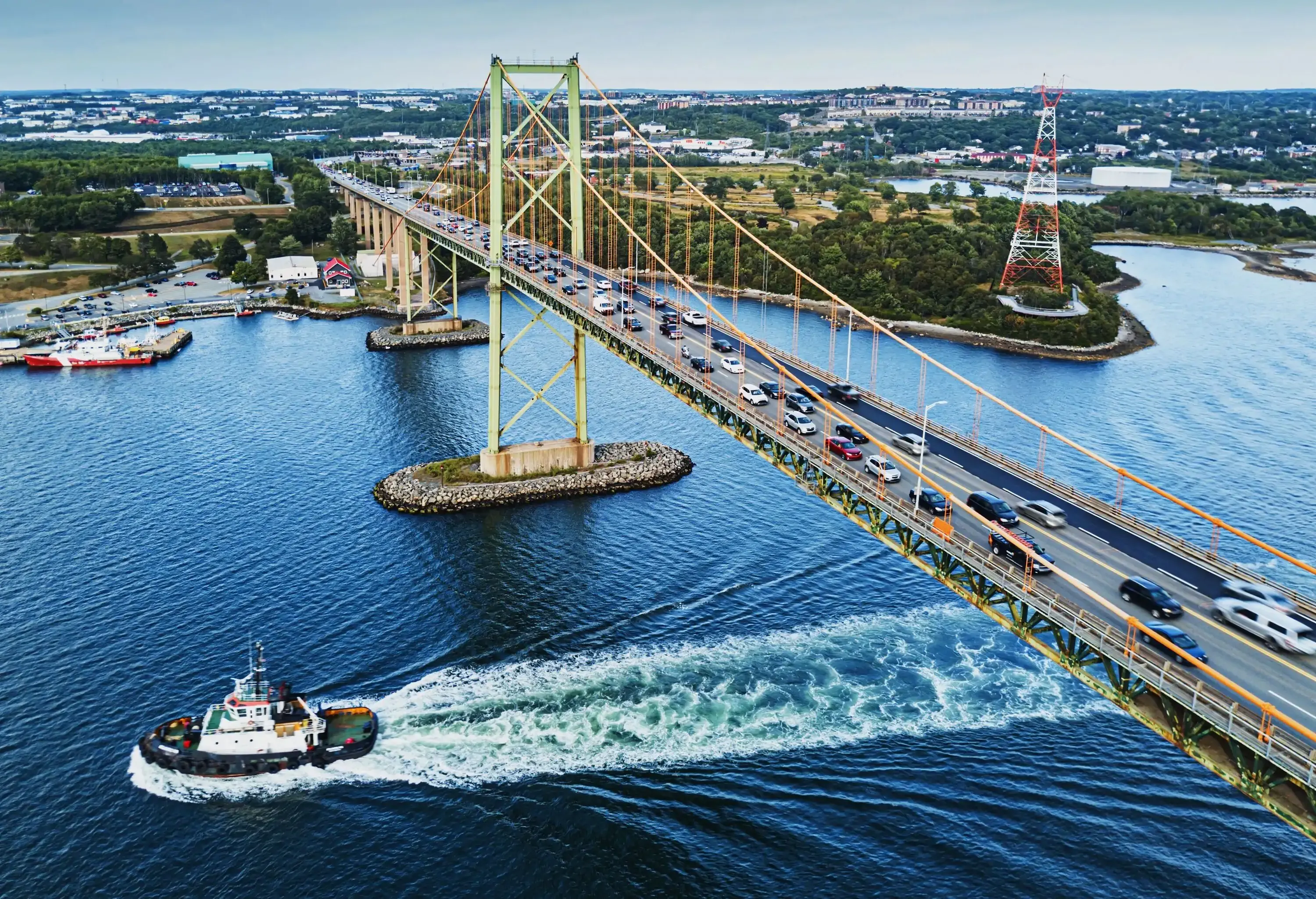
While Canada offers a wealth of unforgettable destinations, each with its own charm and allure, you’d be hard-pressed to find a more hospitable spot than Atlantic Canada. Thanks to Halifax Stanfield International Airport, Nova Scotia is an easy Maritime province to access.
This welcoming port city boasts a thriving live music scene and serves up the freshest lobster you’ll ever taste in waterfront eateries sandwiched between cozy pubs.
Or, take a scenic journey along Nova Scotia’s stunning Cabot Trail. This unforgettable coastal drive winds through quaint fishing villages, dramatic cliffs, and lush forests that beg to be explored.
It’s a dream destination for whale watching, savoring fresh-from-the-ocean seafood, and soaking up vibrant Celtic culture. Pro tip: if you’re lucky enough to be invited to a kitchen party—a Maritime tradition of music, laughter, and good company—don’t think twice. Go!
Where to stay: The Westin Nova Scotian or the Muir
Churchill, Manitoba
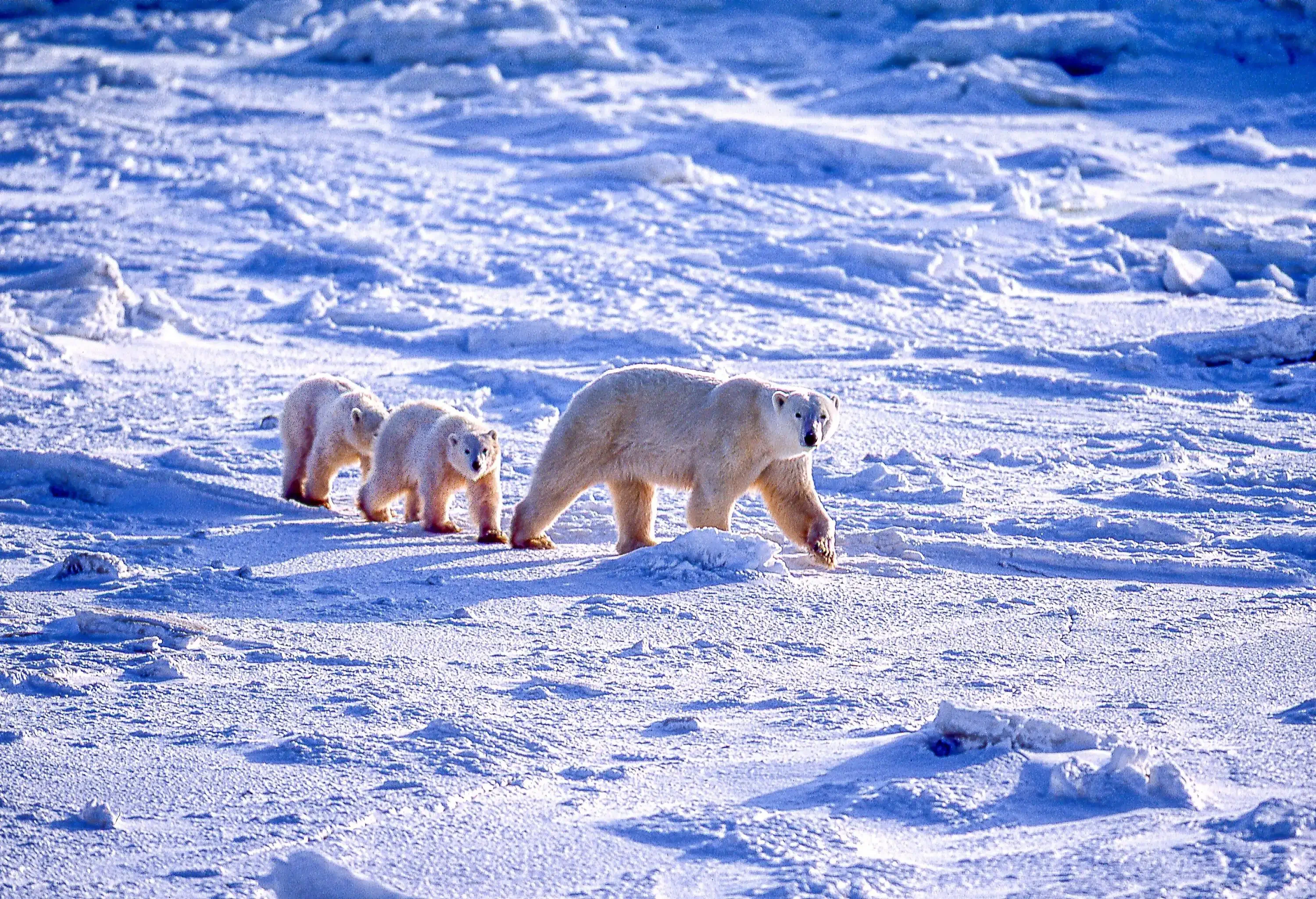
Where else can you swim with beluga whales in summer, witness the mystical dance of the northern lights in winter, and come face-to-face with polar bears in fall? Churchill, Manitoba, isn’t just a bucket-list destination – it’s three of them rolled into one remote outpost on Hudson Bay.
This subarctic frontier town delivers the raw magic of the Arctic without leaving North America, complete with tundra buggy adventures and endless stories to take home.
Where to stay: Affordable hotels in Churchill
The foregoing article was last updated on the 6th of February 2025. It does not contain legal advice and is for informational purposes only. KAYAK does not guarantee, and accepts no legal liability arising from or connected to, the accuracy, reliability, currency, or completeness of any of the information contained in this article and/or any of the content linked to within it. Always check the official government website of your departure and arrival destinations prior to travel for up-to-date information.



